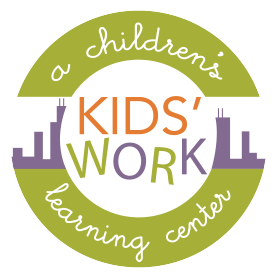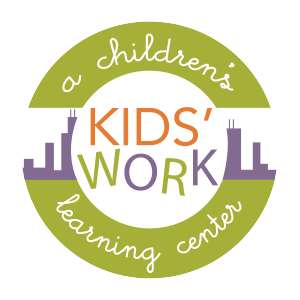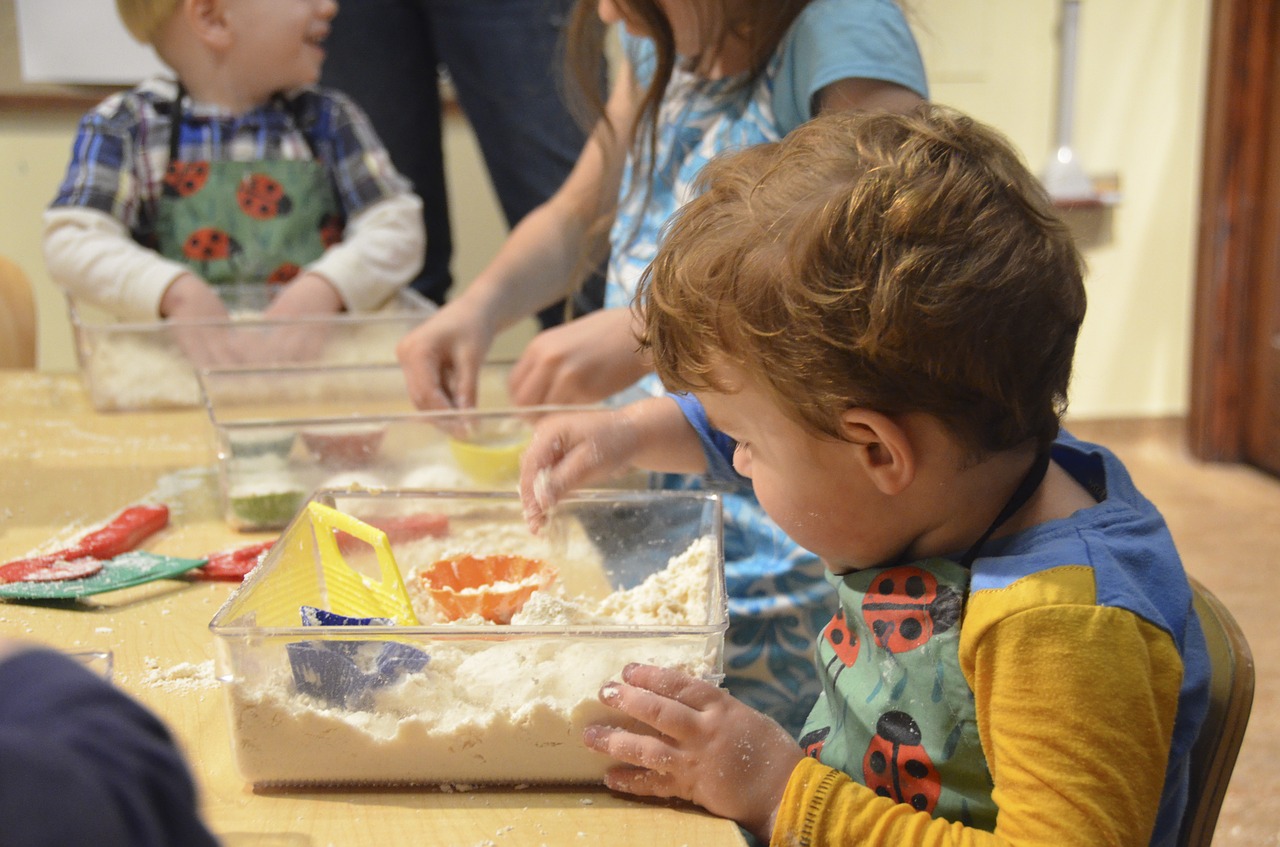As a parent, you’re always on the lookout for teachable moments and opportunities for your little ones. One of the best things you can do for your toddler is to introduce a healthy scope of sensory play for him or her early in life.
We learn early in school about the five senses of Look, Listen, Smell, Touch, and Taste, but of course a child’s experience with these things starts even before they’re born. This is why it’s good to talk to your baby even through the stomach, play music while they’re in the womb, etc. A child will be learning about and using their senses long before they’re in a classroom learning the science behind them.
Research regarding sensory play has shown that engaging in activities that stimulates a child’s senses provides a variety of benefits (and it’s fun!).
Sensory play can help with a child’s development of: problem solving and motor skills, memory functioning, language development, cognitive growth, social interaction, and can help calm frustration or anxiousness. Consistently giving your child opportunities to engage his or her senses also helps in creating nerve connections in the brain which can help yield both the desire and the ability for doing increasingly complex learning tasks.
Additionally, sensory play helps children learn early about important sensory inputs such as dry and wet, hot and cold, etc., which can be very valuable when teaching them later about safety – such as a hot stove, cold weather, wet floors, etc.
We’ll post more ideas in a future post, but to get you started, here are some examples of sensory activities and how they can be broken down into age-appropriate activities:
Babies may enjoy activities such as touching different kinds of foods, or even just wadding up colorful paper such as construction paper, wrapping paper, origami paper, dollar bills, etc., because they can see the shape change, feel the paper, hear the noise, and feel the edges and contours of the paper as it changes shape. They also may like things such as watching bubbles and feeling them land on the face, hands, arms, legs, etc.
Toddlers may enjoy playing with how light and shadows dance and change. It’s fun to see how the light changes depending on the objects in front of or behind the light, or what light source is used. Fingerpainting is a fun way to both feel the paints and the papers, as well as see the colors change and mix.
Preschoolers often love to play sensory activities such as exploring various “squishy bags” or sensory jars/bottles full of different materials, running their fingers through kinetic sand, or even beginning to play with instruments (kazoos and recorders, real guitars or improvised pots and pans, it all works!). This is a fun time to show your preschoolers things like that a bottle makes a sound if you blow over the top of it, or grass can emit a high-pitched whistle if you bend it in half and blow.
What other things can you think of?


